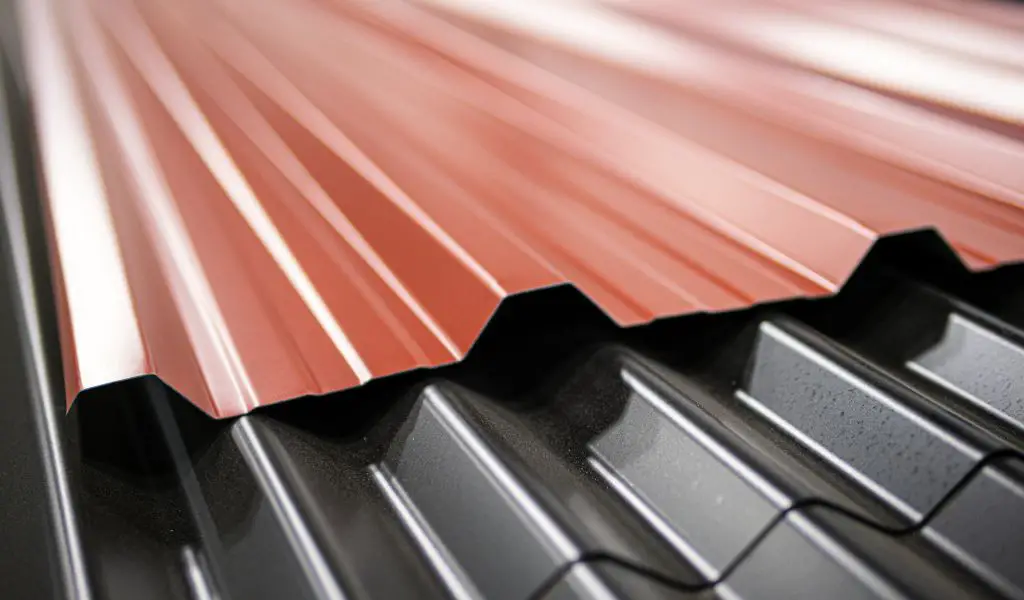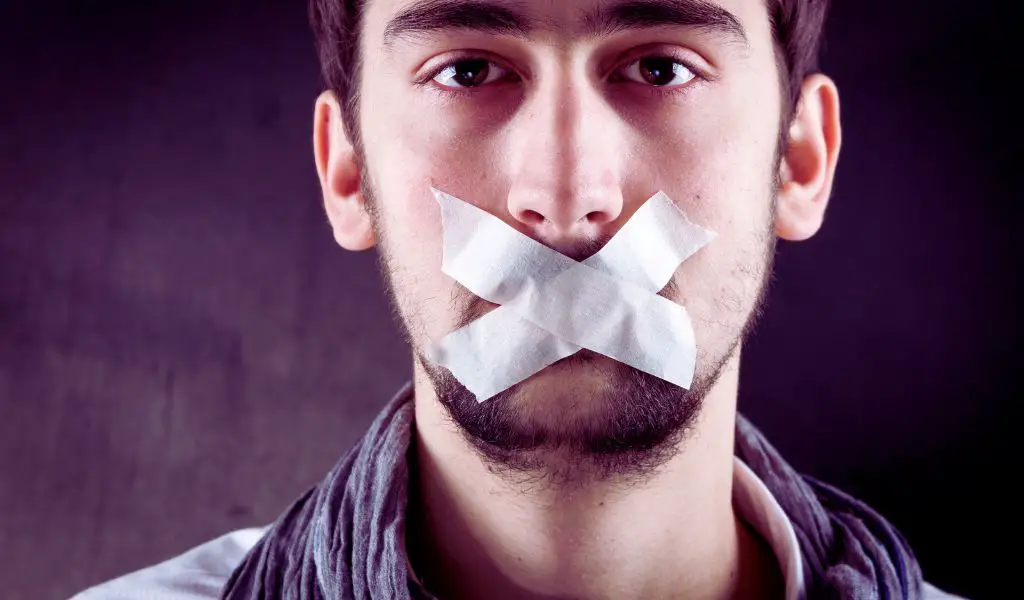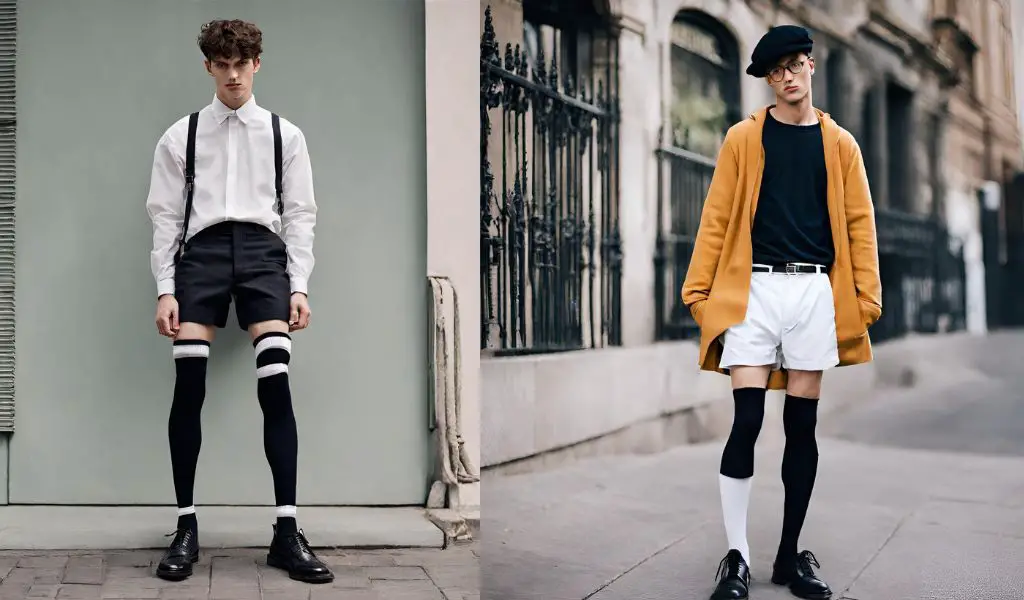The Need for a Quiet Metal Roof
Rain can be a soothing sound for some, but for others, it can be a noisy nuisance.
If you have a metal roof, the sound of raindrops pattering against it can be especially loud and disruptive.
Thankfully, there are ways to quiet a metal roof from rain, and this comprehensive guide will walk you through all the options.
From do-it-yourself (DIY) solutions to professional insulation and soundproofing materials, you’ll find a wealth of information to help you achieve the peaceful ambiance you crave.
How to Quiet a Metal Roof from Rain: The Basics
In order to effectively quiet a metal roof from rain, it’s essential to understand the various techniques and strategies available to you.
This section will serve as a foundation for the rest of the guide, introducing you to the key concepts and methods for reducing rain noise on metal roofs.
DIY Solutions: Quick Fixes for Immediate Relief
Adding a Rain Diverter: This simple contraption can be installed on your roof to redirect the flow of rainwater, reducing the impact noise on your metal roof.
Using Rubberized Coatings: Apply a rubberized roof coating to dampen the noise created by raindrops hitting your metal roof.
Installing Rain Chains: Replace traditional downspouts with rain chains to help break up the flow of water and lessen the noise.
Insulation: The Key to Long-Term Noise Reduction
Spray Foam Insulation: A popular choice for insulating metal roofs, spray foam insulation can help reduce the noise of rain by filling gaps and providing a solid barrier.
Fiberglass Insulation: Another effective option, fiberglass insulation works by trapping air and reducing the transmission of sound waves.
Soundproofing Materials: Extra Layers for Ultimate Silence
Acoustic Panels: Designed to absorb and reduce sound, acoustic panels can be installed on the underside of your metal roof to help block out rain noise.
Mass Loaded Vinyl (MLV): This heavy, dense material can be added to your roof to create a sound barrier that reduces rain noise.
Soundproofing Underlayment: A specially designed layer that can be installed beneath your metal roof to help absorb and reduce sound.
Choosing the Right Solution for Your Home
Now that you’re familiar with the basics, it’s time to dive into the details and explore how to quiet a metal roof from rain in your specific situation.
This section will help you determine the best solution based on your home’s unique characteristics and your personal preferences.
Assessing Your Roof’s Noise Level
Rain Noise Severity: Determine how loud the rain noise is and how much it bothers you. This will help you decide which solutions are most appropriate.
Roof Design: Take note of your roof’s design, including its slope, materials, and structure. This information will influence your choice of soundproofing techniques.
Evaluating Your Budget and DIY Skills
Budget Considerations: Determine how much you’re willing to spend on soundproofing your metal roof, as some solutions are more costly than others.
DIY vs. Professional Installation: Assess your own DIY abilities and decide whether you’re comfortable tackling the project yourself or if you’d prefer to hire a professional.
The Installation Process: Step-by-Step Guides
In this section, we’ll provide step-by-step guides for various soundproofing solutions, so you can confidently tackle your metal roof noise reduction project.
Installing a Rain Diverter
Measure and Cut: Measure the width of your roof’s valley and cut the rain diverter to fit.
Apply Sealant: Apply a bead of roofing sealant along the top edge of the diverter.
Attach the Diverter: Press the diverter firmly onto the roof’s valley, making sure it’s centered and secure.
Secure with Screws: Fasten the diverter in place with roofing screws, sealing any screw holes with additional sealant.
Applying Rubberized Coating
Clean the Roof: Thoroughly clean your metal roof, removing any dirt, debris, or loose paint.
Apply Primer: Apply a primer designed for metal roofing, following the manufacturer’s instructions.
Mix the Coating: Mix the rubberized coating according to the product’s directions.
Apply the Coating: Use a roller or brush to apply the coating evenly across your metal roof, ensuring complete coverage.
Installing Soundproofing Underlayment
Remove Roofing Materials: Carefully remove the existing roofing materials to expose the roof deck.
Install Underlayment: Roll out the soundproofing underlayment across the roof deck, overlapping the seams by a few inches.
Secure Underlayment: Fasten the underlayment in place with roofing nails or staples.
Reinstall Roofing Materials: Replace the roofing materials, ensuring they’re properly installed and secure.
Frequently Asked Questions
How much does it cost to quiet a metal roof from rain?
The cost of quieting a metal roof from rain can vary depending on the chosen solution and whether you opt for DIY or professional installation.
DIY solutions can range from $50 to $500, while professional installations can cost upwards of $1,000.
Can I soundproof my existing metal roof without replacing it?
Yes, there are several ways to soundproof an existing metal roof, such as applying rubberized coatings or installing acoustic panels on the underside of the roof.
How long do soundproofing solutions for metal roofs last?
The lifespan of soundproofing solutions can vary depending on the materials used and the quality of installation.
In general, solutions like rubberized coatings and soundproofing underlayment can last for several years or longer.
Will adding insulation to my metal roof improve energy efficiency?
Yes, insulating your metal roof can not only help to reduce noise but also improve your home’s energy efficiency by preventing heat transfer.
Do I need a professional to install soundproofing materials on my metal roof?
While some soundproofing solutions can be installed as DIY projects, others may require professional installation for optimal results.
Always assess your own abilities and consult the manufacturer’s instructions before attempting a DIY installation.
Are there any downsides to soundproofing a metal roof?
One potential downside is the added weight of soundproofing materials, which may require reinforcement of your roof’s structure.
Additionally, the cost of soundproofing can be a drawback for some homeowners.
Conclusion and final thoughts 💭
By following the advice and steps outlined in this comprehensive guide, you’ll be well on your way to achieving a quiet metal roof from rain.
Whether you opt for a simple DIY solution or invest in professional insulation and soundproofing materials, you’ll soon enjoy the peace and tranquility you desire, even during the heaviest downpours.




